Almost all horses have leg markings of some sort, from a tiny spot of white to whole white legs. Here are the general definitions of each marking, which are a bit more definitive than markings on the face because they are based on leg anatomy.
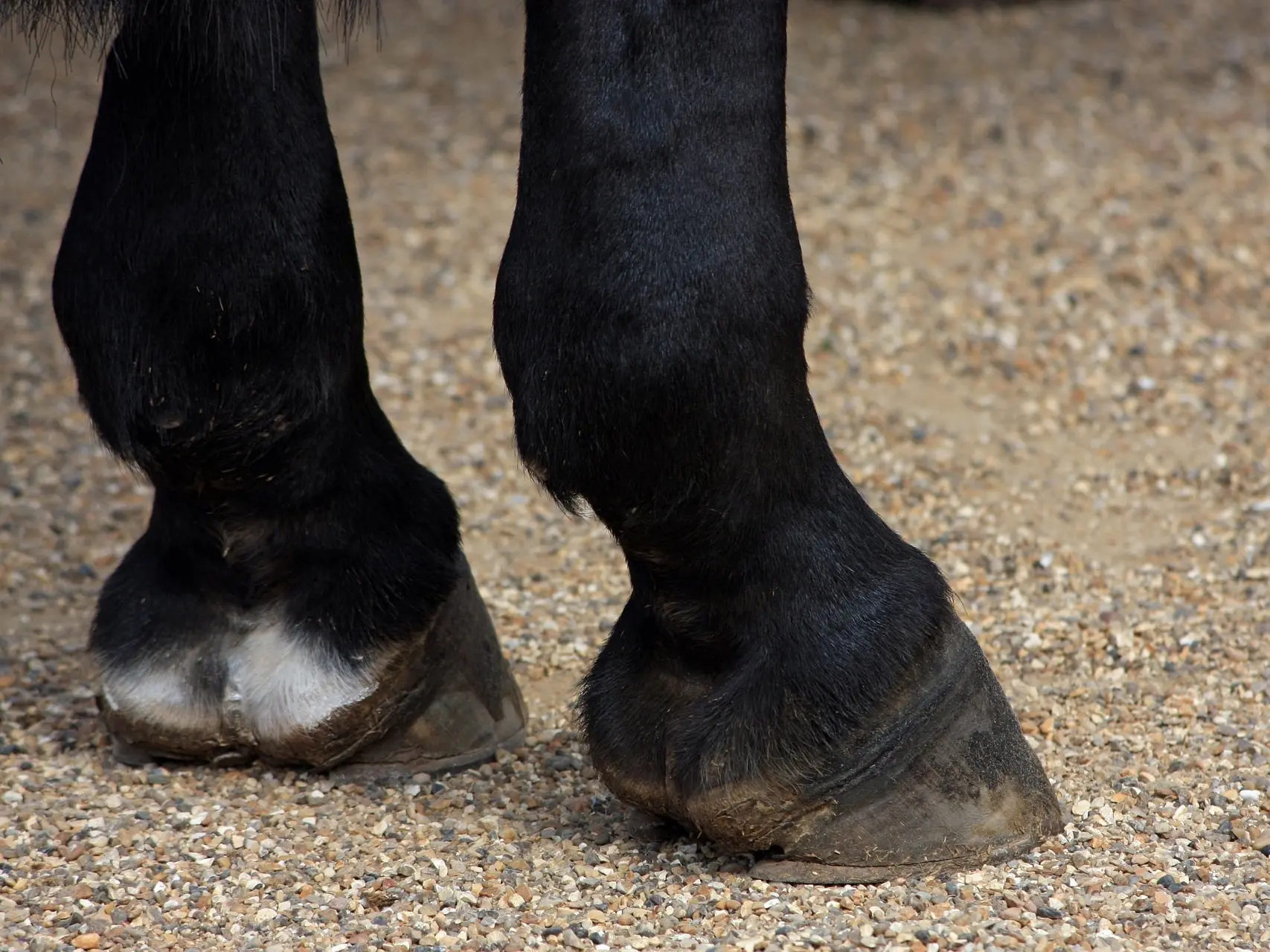 Coronet
CoronetThe least amount of white that can be found on a leg, the coronet is displayed around the coronet band and is usually a small spot or blob.
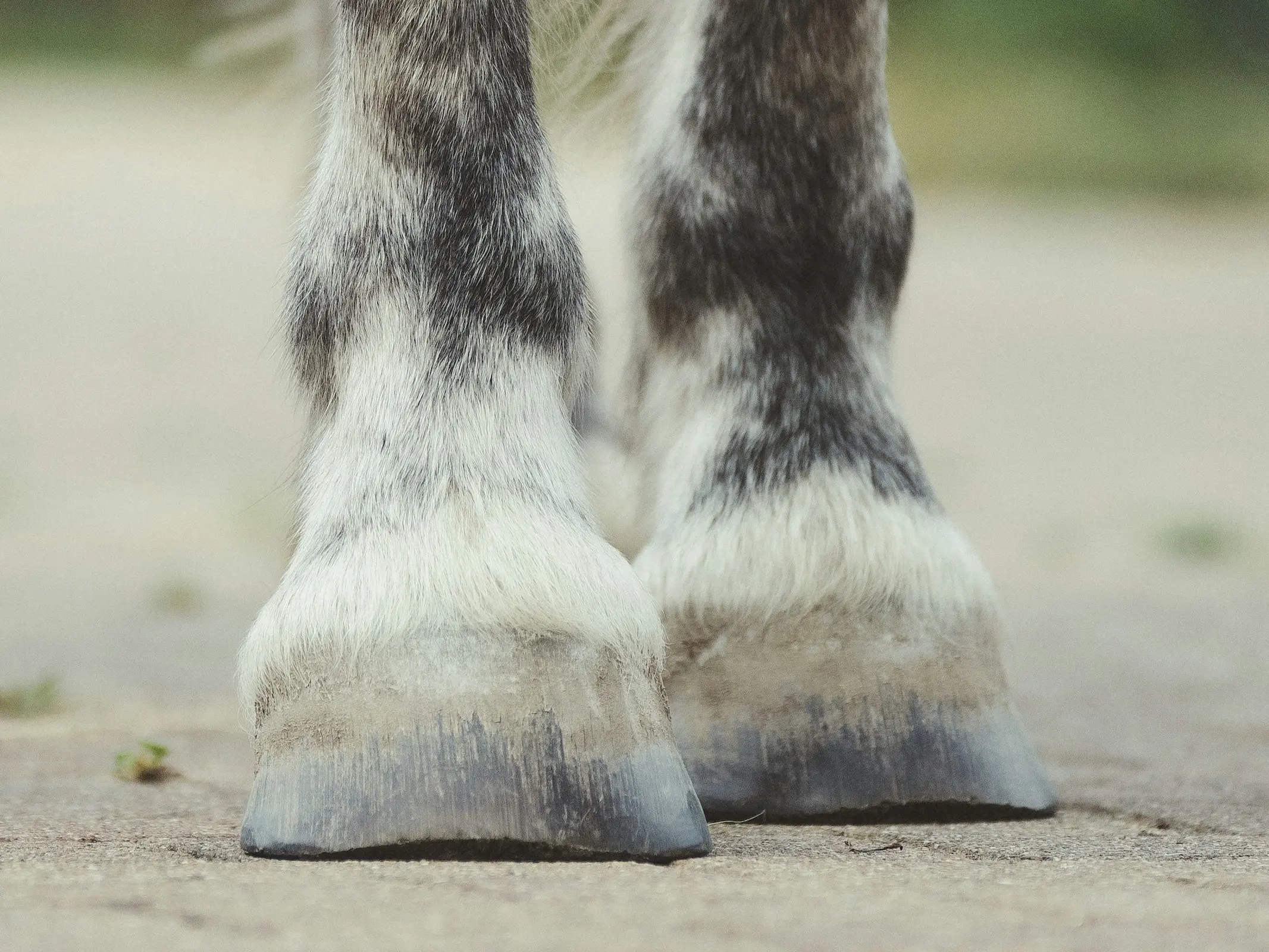 Pastern
PasternPicking up where the coronet marking leaves off, pastern markings extend more than an inch above the coronet and end around the pastern joint.
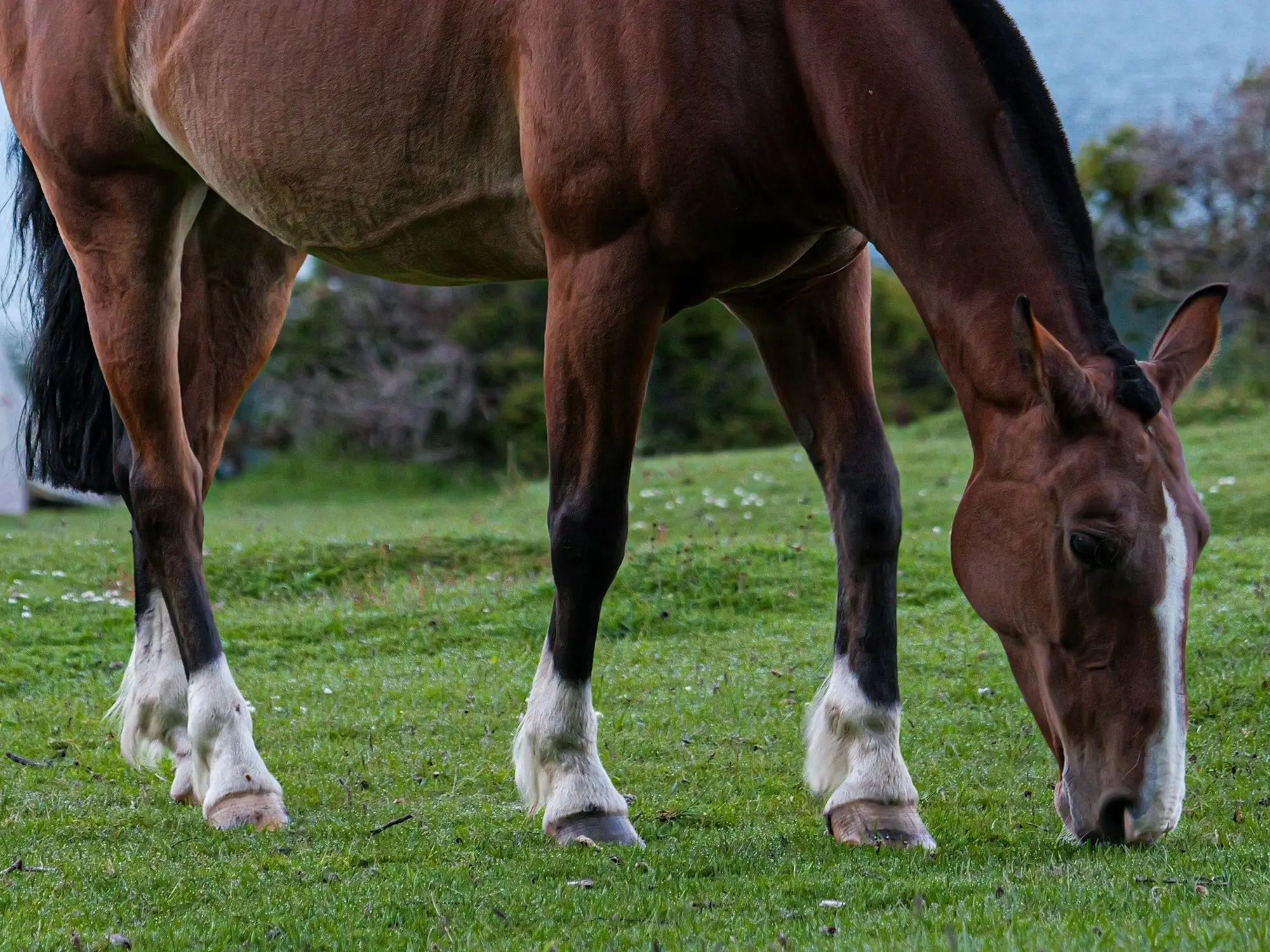 Fetlock
FetlockLike the pastern, the fetlock begins where it leaves off. The white will extend up over the fetlock joint and on to the cannon area.
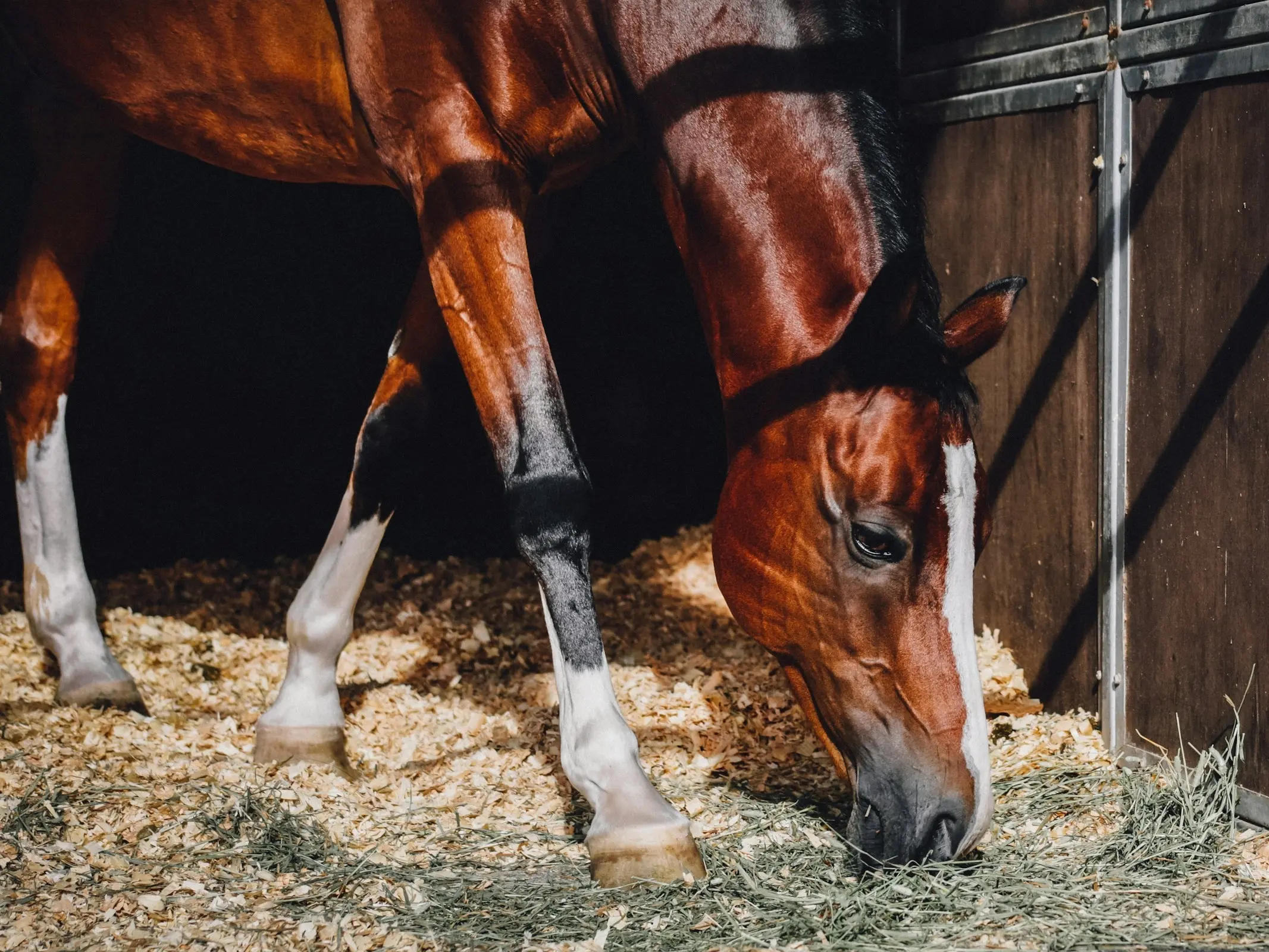 Sock or High White
Sock or High WhiteA sock marking is perhaps the most common and begins where the fetlock leaves off. The white will extend up the cannon area to the knee/hock.
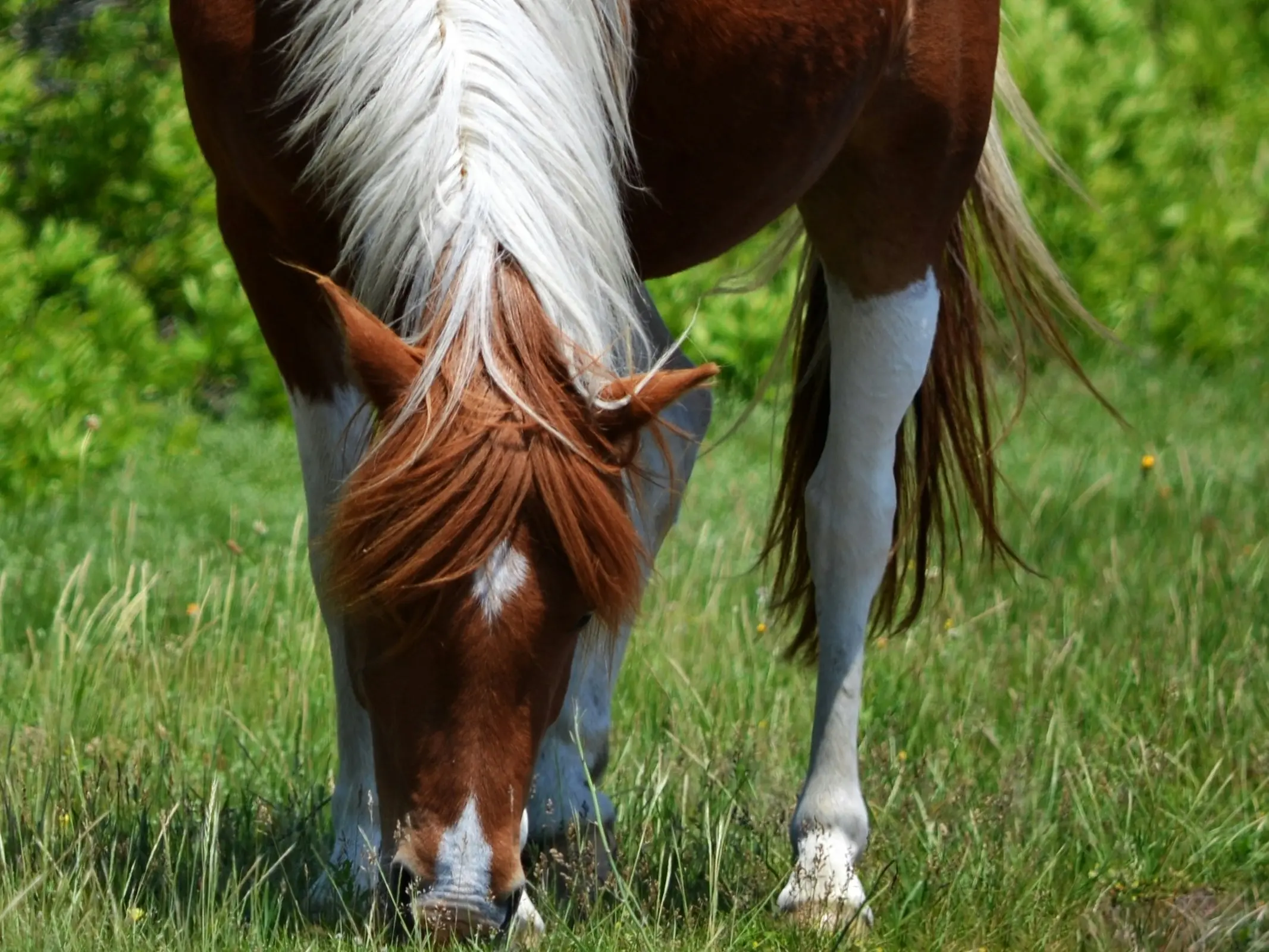 Stockings
StockingsStockings are the largest white leg marking and perhaps the most flashy. They always extend above the knee of hock and can extend into the body.
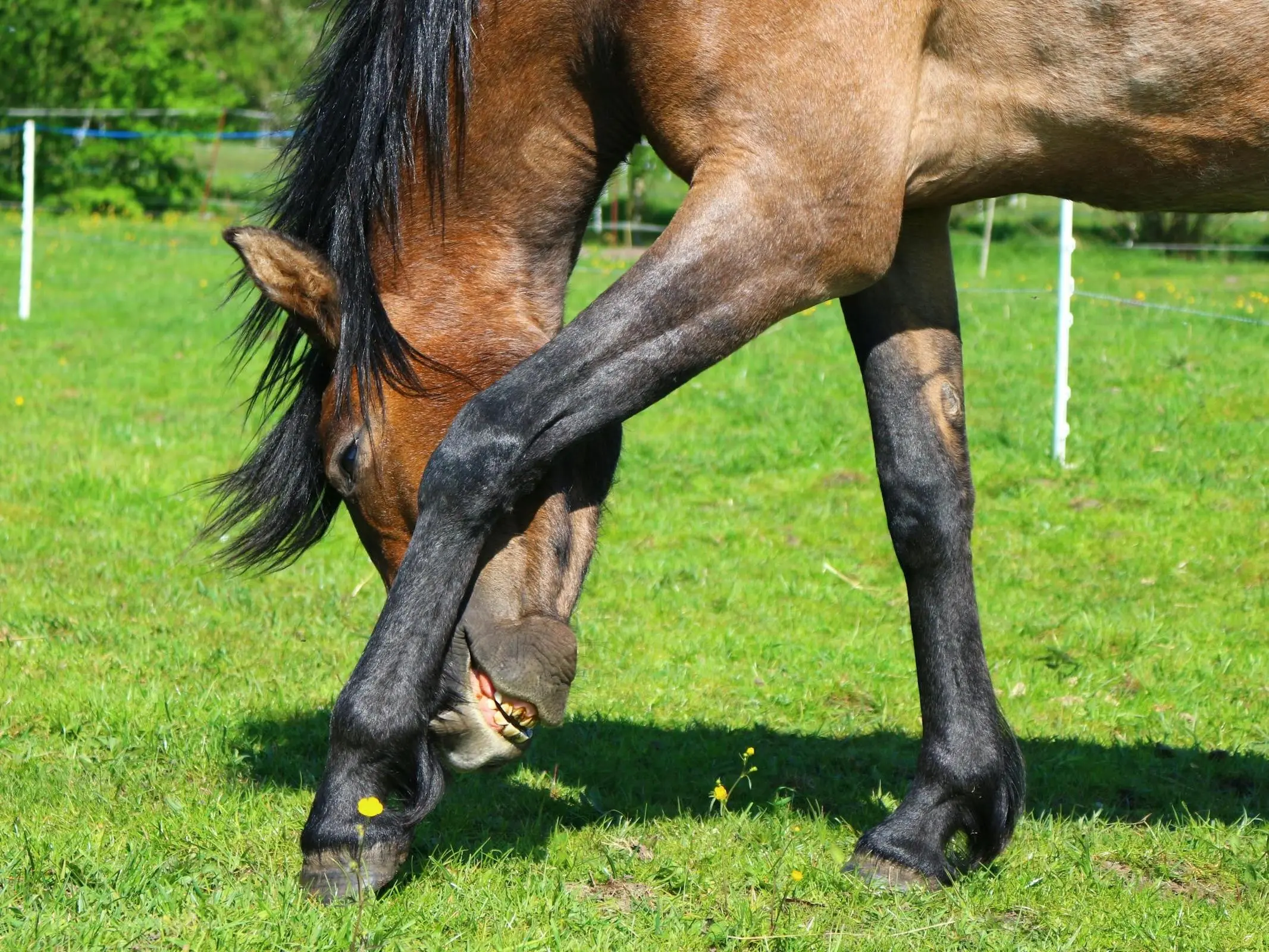 Black Markings
Black MarkingsSome animals will have no white leg markings at all. Especially bay, wildtype and seal animals can have black leg markings of almost all types.
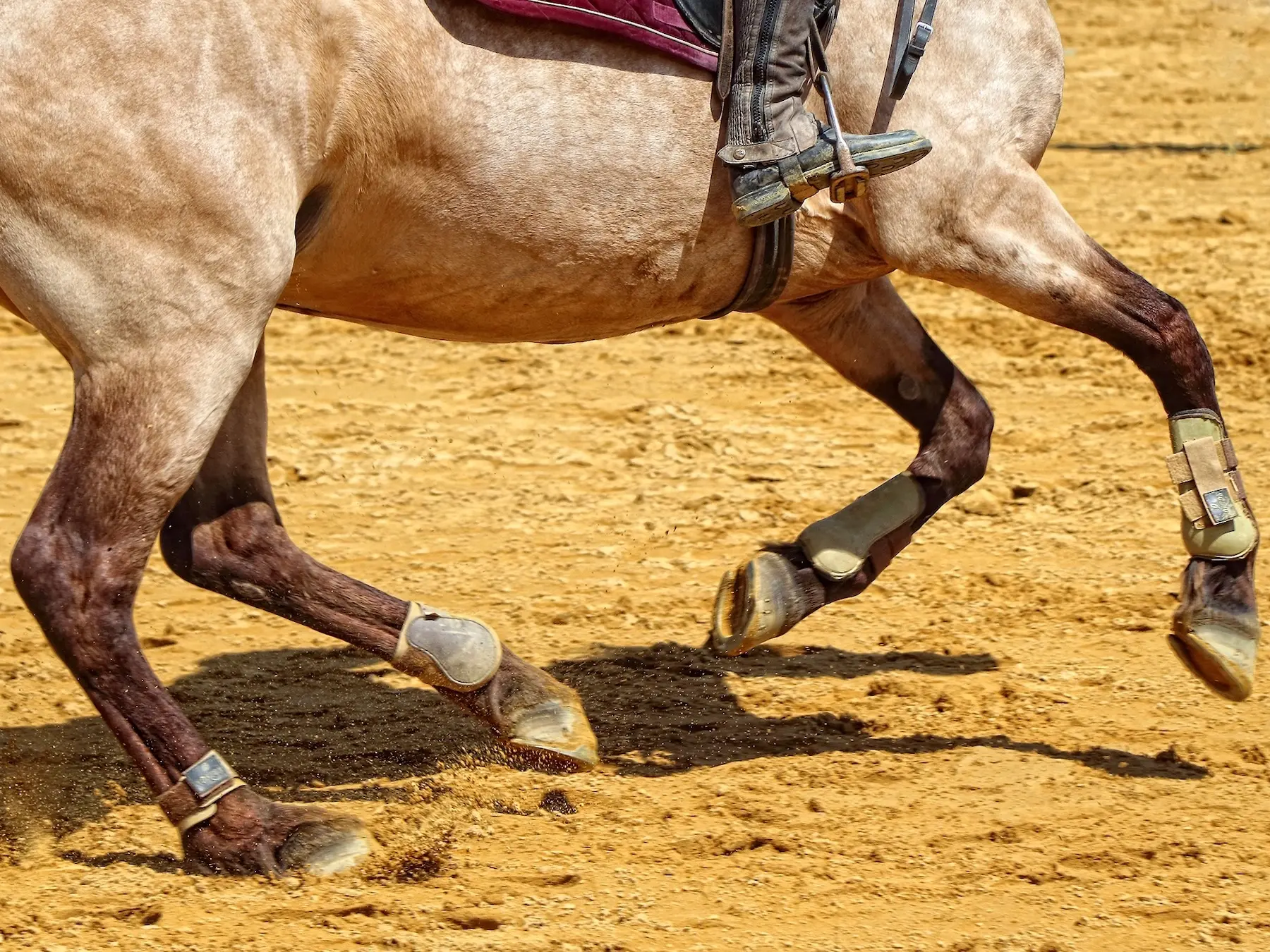 Colored Socks
Colored SocksRare and only found on pintos or appaloosas, colored socks are the body color and must have white above them to make them actually sock markings.
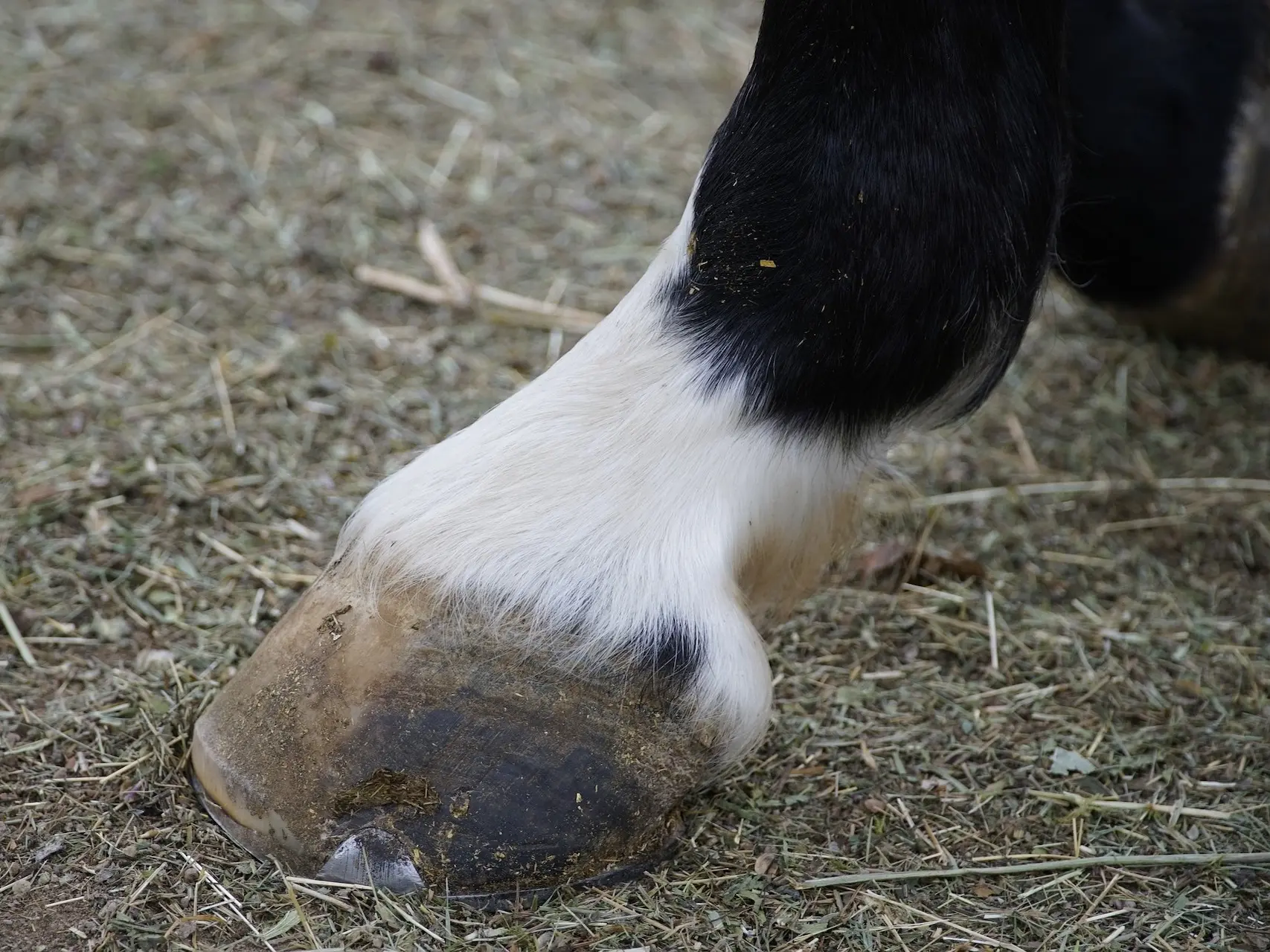 Ermine Spots
Ermine SpotsStockings are the largest white leg marking and perhaps the most flashy. They always extend above the knee of hock and can extend into the body.
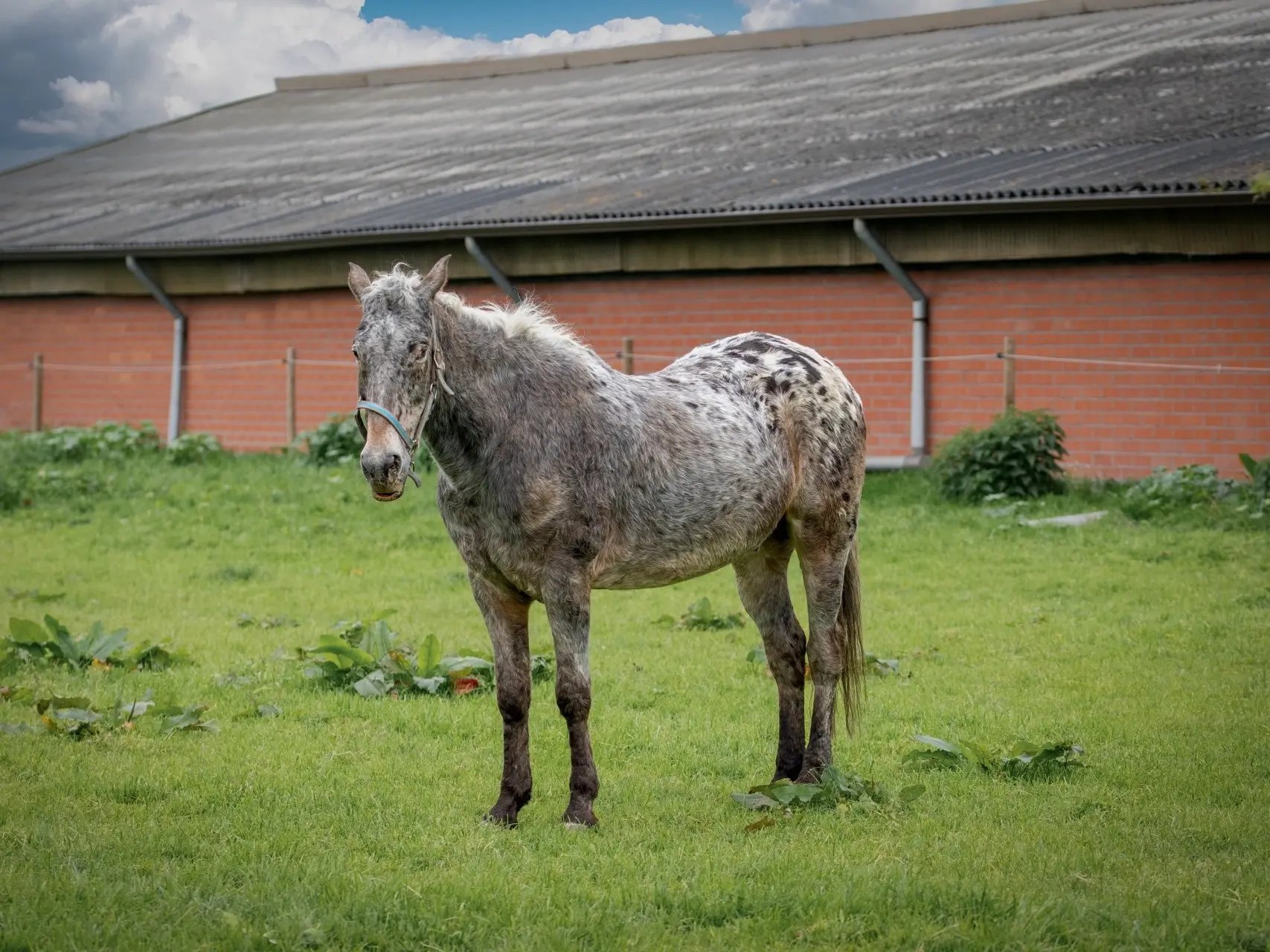 Appaloosa Bronze
Appaloosa BronzeNot a common expression of the Leopard complex, but dark points on some appaloosas can be diluted to a deep bronzed brown color.